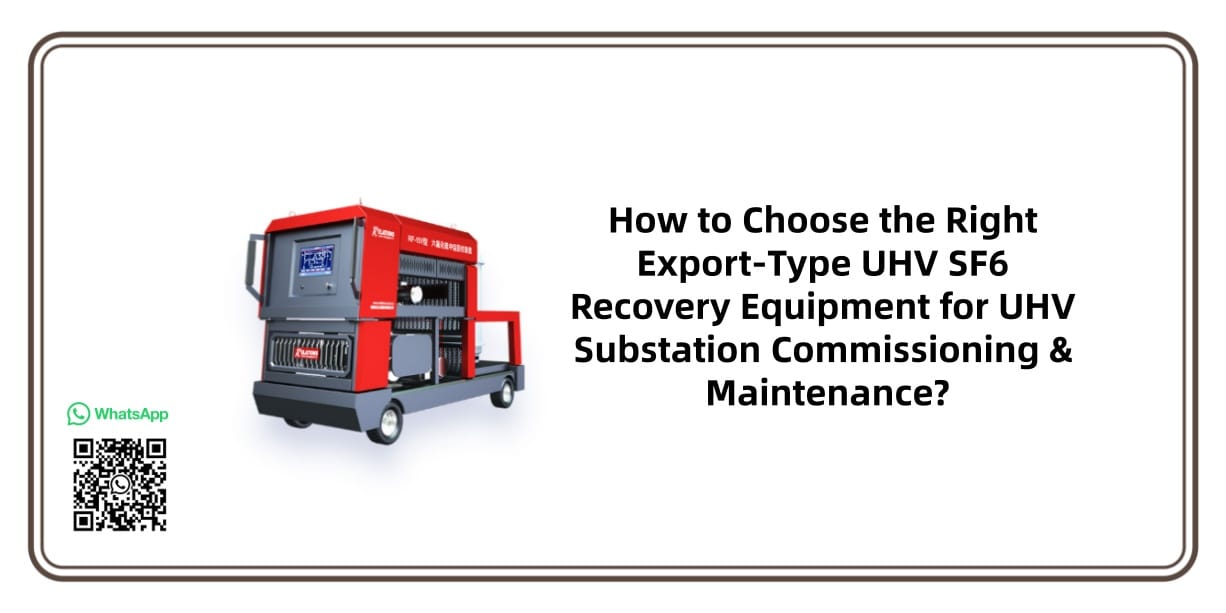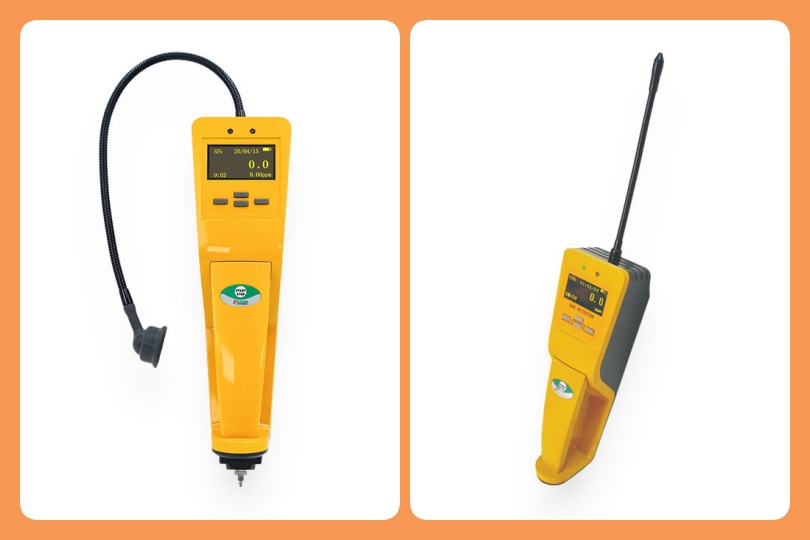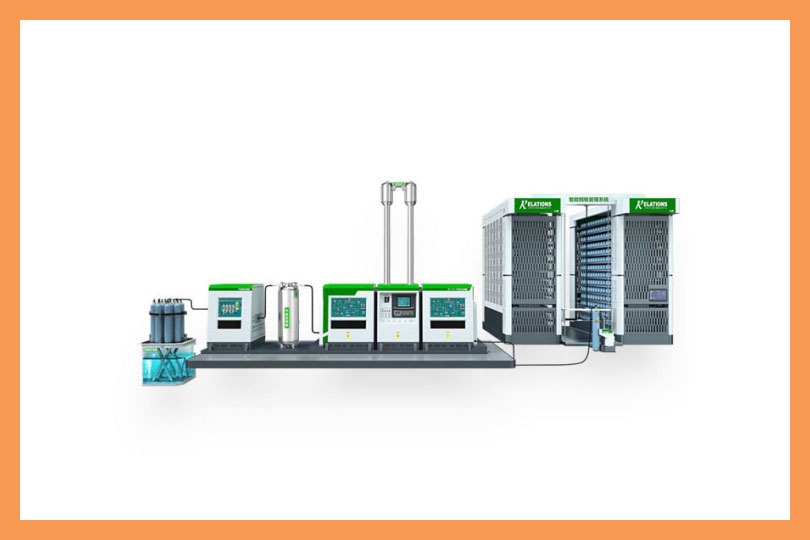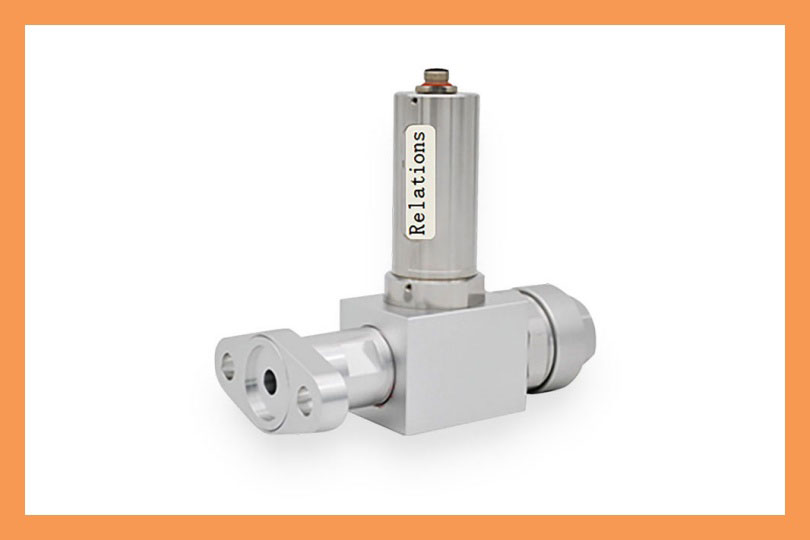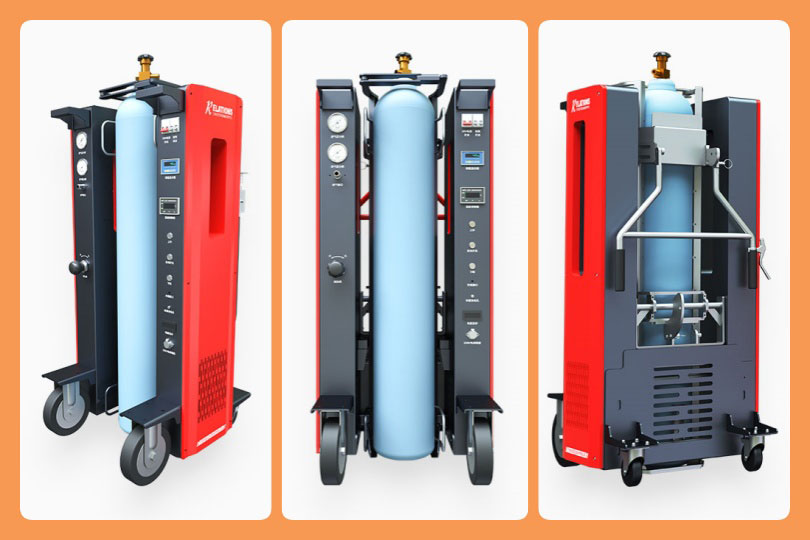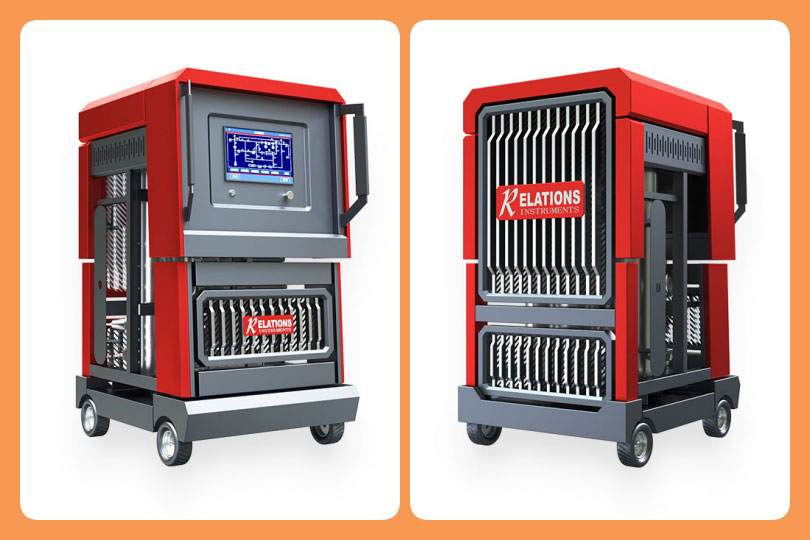How to Choose the Right Export-Type UHV SF6 Recovery Equipment for UHV Substation Commissioning & Maintenance?
Date
2025-09-11
[email protected]
Website
www.sf6gasdetector.com
Get Solutions And Quotes
How to Choose the Right Export-Type UHV SF6 Recovery Equipment for UHV Substation Commissioning & Maintenance?
Global Ultra-High Voltage (UHV) grids—critical for transmitting wind/solar power over 1,000+ km—face a urgent challenge: sulfur hexafluoride (SF6) gas. As the primary insulating medium for UHV circuit breakers and GIS (gas-insulated switchgear), SF6 has a global warming potential (GWP) 23,900x that of CO₂ and lingers in the atmosphere for 1,000+ years. With the EU’s F-Gas Regulation, China’s “Dual Carbon” Policy, and India’s Green Energy Act mandating SF6 recovery rates ≥95%, export-type UHV SF6 recovery equipment has become a non-negotiable tool for global UHV projects. Unlike domestic models, it must adapt to diverse standards (IEC 60480, CE, UL) and climates—making it the backbone of compliant, low-carbon UHV operations.
1. Global UHV Expansion: The Driving Force Behind Export-Type UHV SF6 Recovery Equipment Demand
The International Energy Agency (IEA) 2024 UHV Report predicts 47% growth in global UHV grid capacity by 2030, directly fueling demand for export-type UHV SF6 recovery equipment. Regional expansion trends highlight its necessity:
1.1 Asia: UHV Technology Exports Spur Equipment Adoption
China, the world’s UHV leader (130,000+ km of UHV lines), exports UHV systems to Brazil (±800kV Belo Monte DC Project) and Pakistan (Matiari-Lahore UHV Line). In these projects, Chinese-manufactured export-type UHV SF6 recovery equipment was selected for ANSI/IEC compliance and high-humidity resistance—reducing SF6 emissions by 32 tons in Belo Monte’s first year.
India’s ±800kV Raigarh-Pugalur UHV DC Project, which integrates Himalayan solar power, requires equipment that meets IS 16727 standards. Export-type UHV SF6 recovery equipment here ensures 99.6% SF6 recovery during maintenance, avoiding ₹2.5 crore ($300,000) annual fines for non-compliance.
1.2 Africa & Middle East: Cross-Border Grids Need Adaptable Equipment
The Egypt-Sudan 500kV UHV Interconnection Project (to address Sudan’s 40% power shortage) uses export-type UHV SF6 recovery equipment with -20°C to 50°C temperature adaptability—critical for desert-to-riverine climate shifts. Similarly, Saudi Arabia’s NEOM Green Hydrogen Project relies on the equipment to maintain SF6 purity (99.9%) in UHV transformers, aligning with the Kingdom’s Net-Zero 2060 goals.
2. Non-Negotiable Features of High-Performance Export-Type UHV SF6 Recovery Equipment
To meet global UHV requirements, top-tier export-type UHV SF6 recovery equipment must balance efficiency, safety, and adaptability—here’s what to prioritize:
2.1 Ultra-High Recovery & Purification Metrics
Recovery rate: ≥99.5% (exceeding EU F-Gas’s 95% minimum) to minimize emissions.
Purification: Removes moisture (≤50 ppm) and impurities (≤10 ppm) via multi-stage filters, enabling direct reuse in UHV equipment. For example, Germany’s Siemens UHV substations report 40% lower SF6 procurement costs after adopting such equipment.
2.2 UHV-Grade Safety & Compliance
- Voltage withstand: Tests at 1,200kV AC/±1,000kV DC to match UHV grid voltages.
- Leak detection: Built-in sensors with ≤1ppm sensitivity (per IEC 60480) to prevent accidental releases.
- Certifications: Mandatory CE (EU), UL (North America), and IS (India) to avoid customs delays.
2.3 Environmental Adaptability for Global Sites
- Temperature range: -30°C (Nordic UHV substations) to 55°C (Middle Eastern deserts) via insulated compressors.
- Dust/water resistance: IP54 rating to withstand African savanna dust storms or Southeast Asian monsoons.
- Mobility: Compact models (≤800kg) for remote Himalayan UHV sites, where heavy equipment is hard to transport.
3. How Export-Type UHV SF6 Recovery Equipment Supports UHV Lifecycles
The equipment adds value at every stage of UHV equipment operation—reducing costs and emissions:
3.1 Commissioning: Ensure Initial Insulation Performance
Before UHV GIS or transformers go live, export-type UHV SF6 recovery equipment evacuates air/moisture from gas chambers (to ≤1 mbar vacuum) and injects purified SF6. This step prevents insulation breakdown, which causes 60% of UHV startup failures (per CIGRE 2023 Data).
3.2 Routine Maintenance: Minimize Downtime & Emissions
During UHV circuit breaker overhauls, the equipment recovers SF6 in 2-3 hours (vs. 6+ hours for domestic models) and stores it in high-pressure cylinders. At Australia’s Queensland UHV Project, this cut maintenance downtime by 50% and avoided 18 tons of SF6 emissions annually.
3.3 Decommissioning: Achieve Circularity
When UHV equipment is retired, the equipment fully recovers SF6 (≥99.8% of total volume) for recycling or resale. Japan’s Tokyo Electric Power Company (TEPCO) estimates this saves ¥12 million ($80,000) yearly in new SF6 purchases.
4. Buying Guide: Selecting the Right Export-Type UHV SF6 Recovery Equipment
To maximize ROI and compliance, focus on these criteria:
4.1 Prioritize Compliance & After-Sales Support
Verify certifications (IEC 60480, CE, UL) and ask for project references (e.g., “has this equipment been used in Brazilian UHV projects?”).
Choose manufacturers with global service centers (e.g., China’s Jiangsu Hengtong has offices in Brazil, India, and Saudi Arabia) to ensure 48-hour on-site support—critical for UHV grids, where downtime costs $100,000/hour.
4.2 Match Features to Project Needs
- For cold climates: Opt for heated oil systems to prevent compressor freezing.
- For high-altitude sites (≥3,000m): Select low-pressure compressors to compensate for reduced air density.
- For large substations: Choose high-capacity models (≥100 kg/h recovery rate) to handle multiple UHV units.
4.3 Calculate Long-Term Cost Savings
High-quality export-type UHV SF6 recovery equipment costs 20-30% more upfront but delivers ROI in 1-2 years:
- Reduced SF6 purchases: Recycle 90% of used gas vs. buying new.
- Lower fines: Avoid $50,000+ annual penalties for non-compliance (EU F-Gas Regulation).
- Conclusion: Export-Type UHV SF6 Recovery Equipment—A Must for Global Green Grids
As UHV grids become the backbone of renewable energy transmission, export-type UHV SF6 recovery equipment is no longer optional—it’s a prerequisite for compliance, cost savings, and sustainability. By choosing equipment with high recovery rates, global certifications, and adaptability, UHV operators can meet climate goals while ensuring grid reliability. With the IEA projecting 60% more UHV projects by 2030, the demand for high-performance export-type UHV SF6 recovery equipment will only grow—making it a key investment for the future of green energy.
